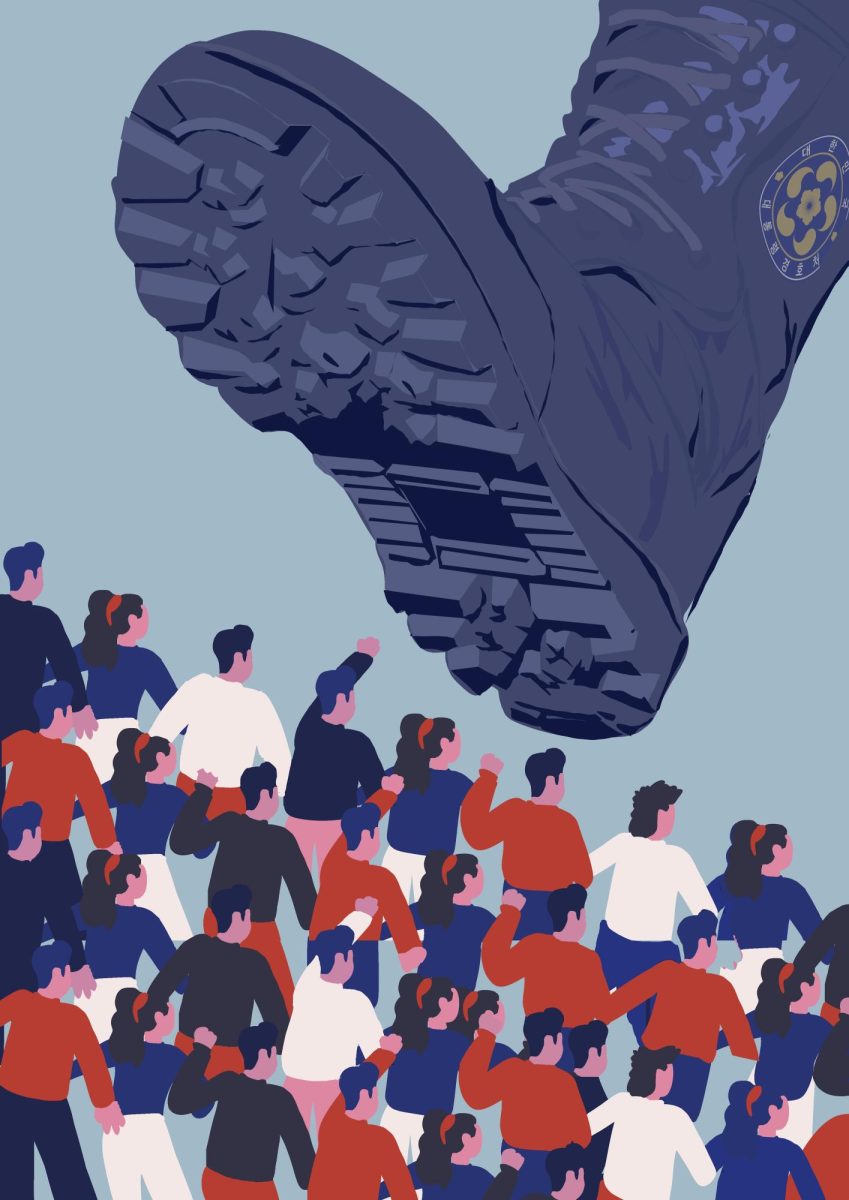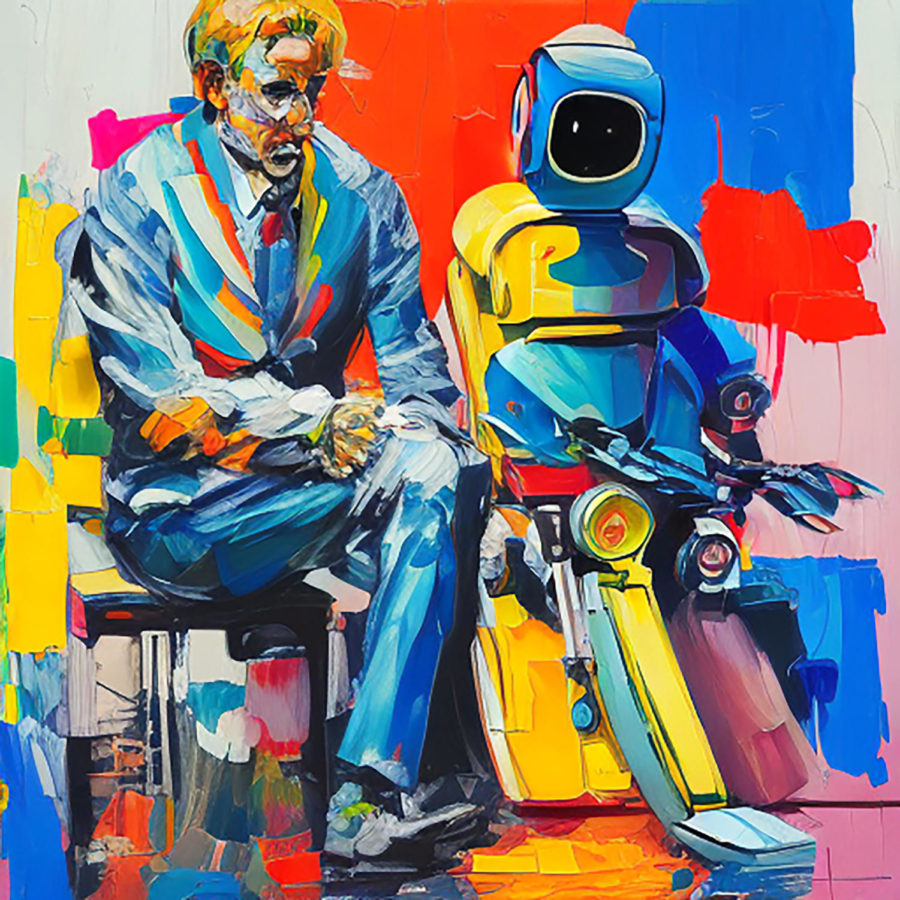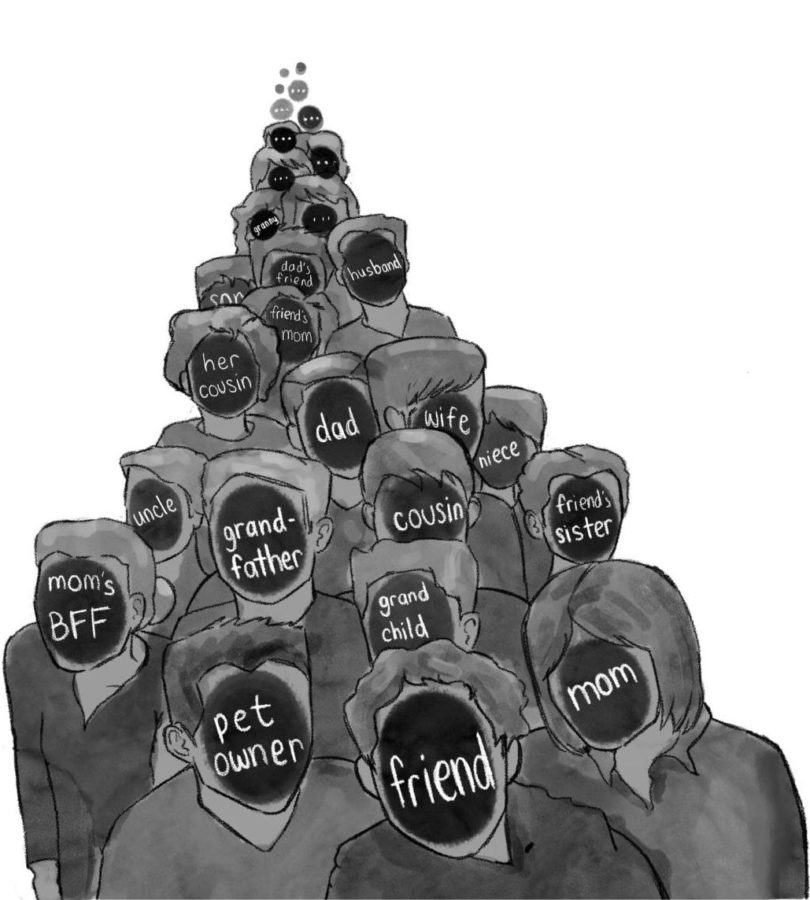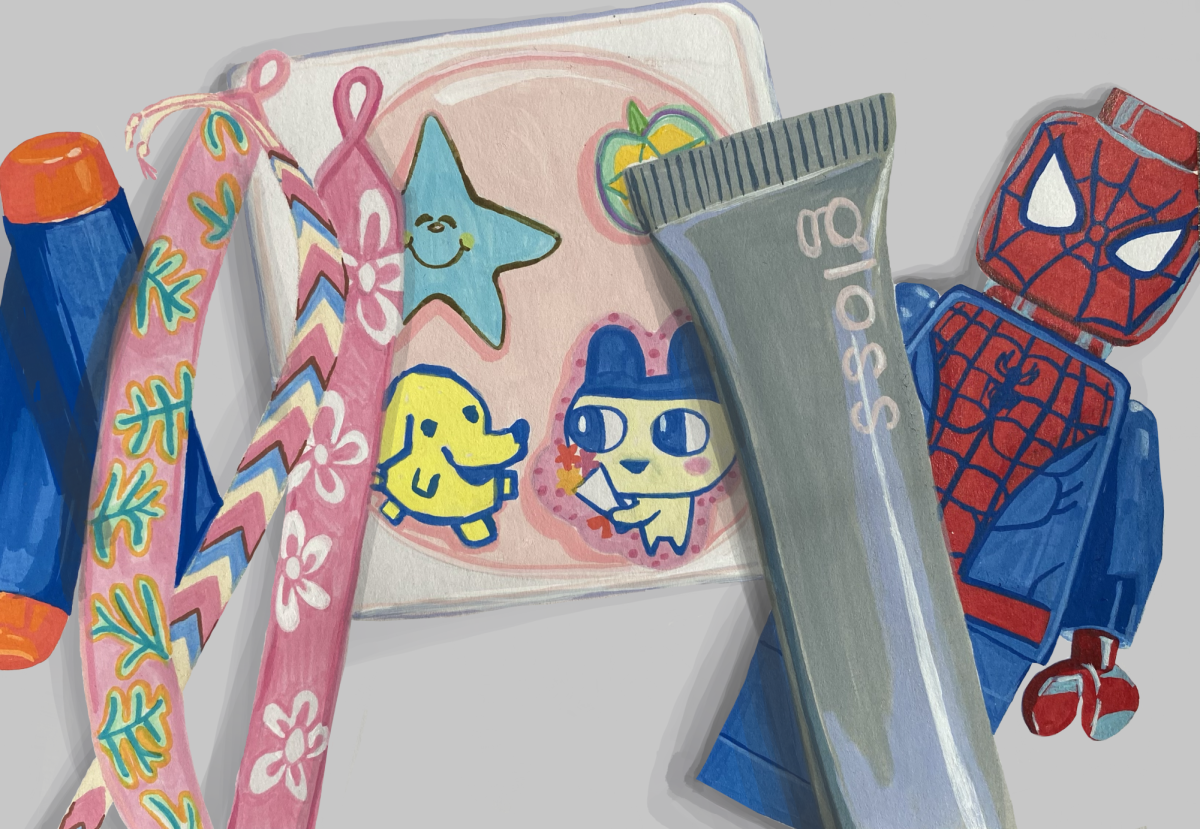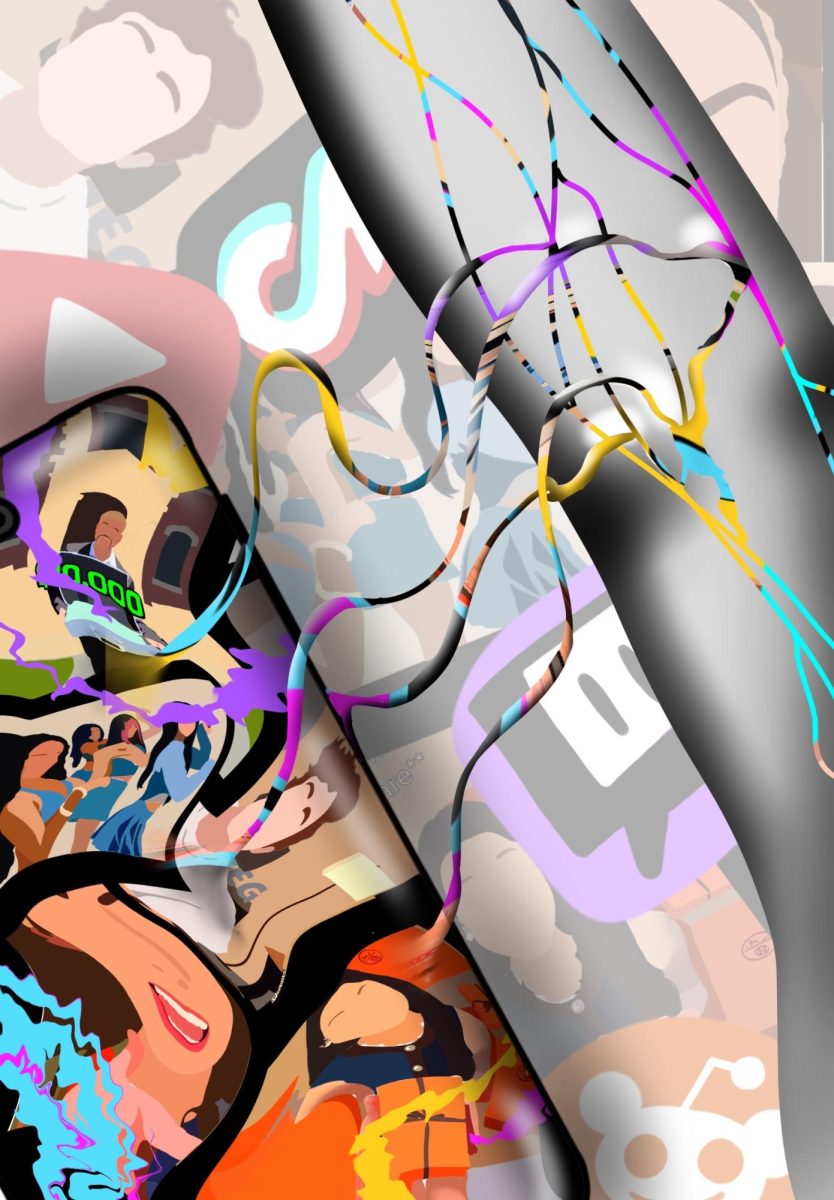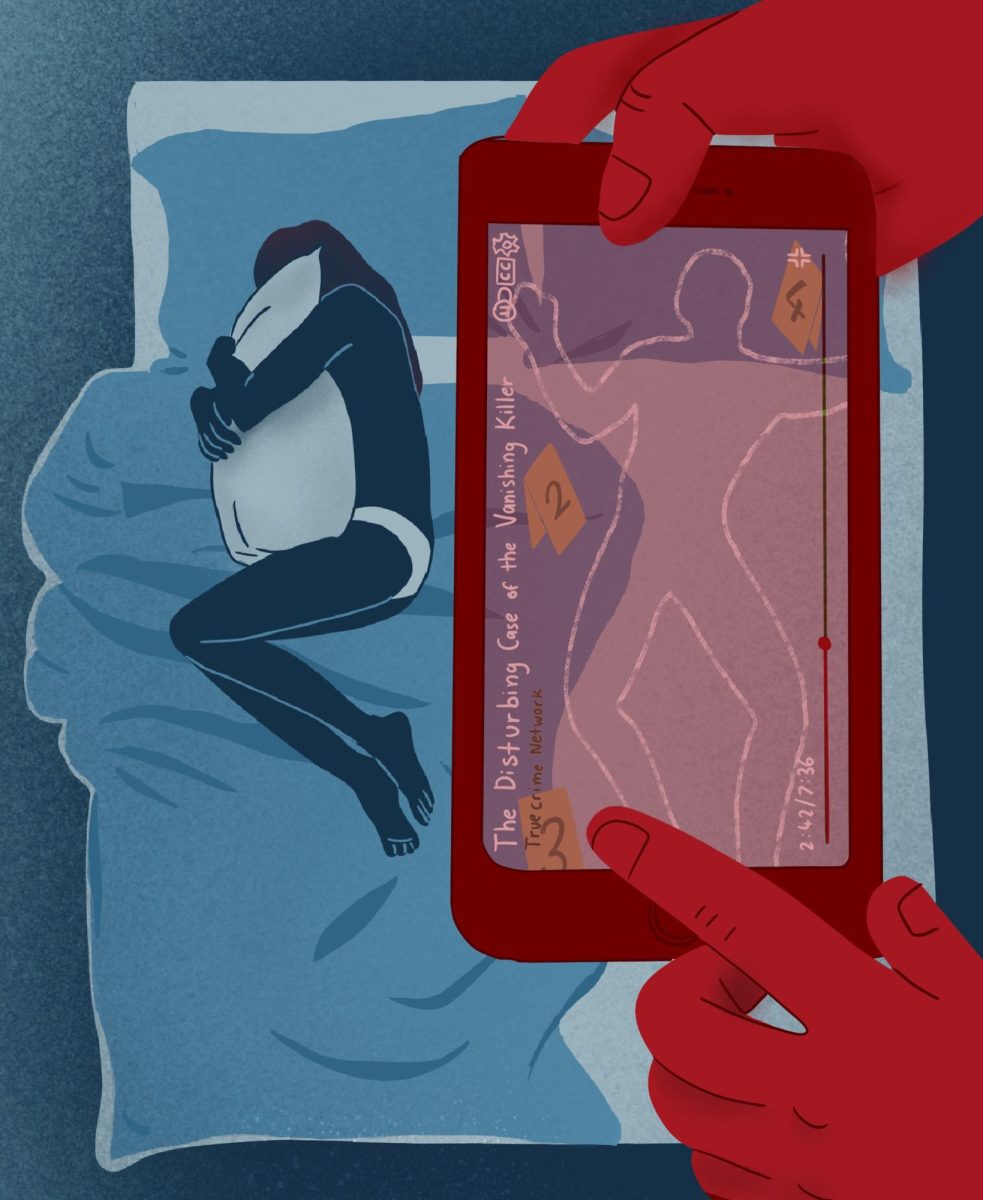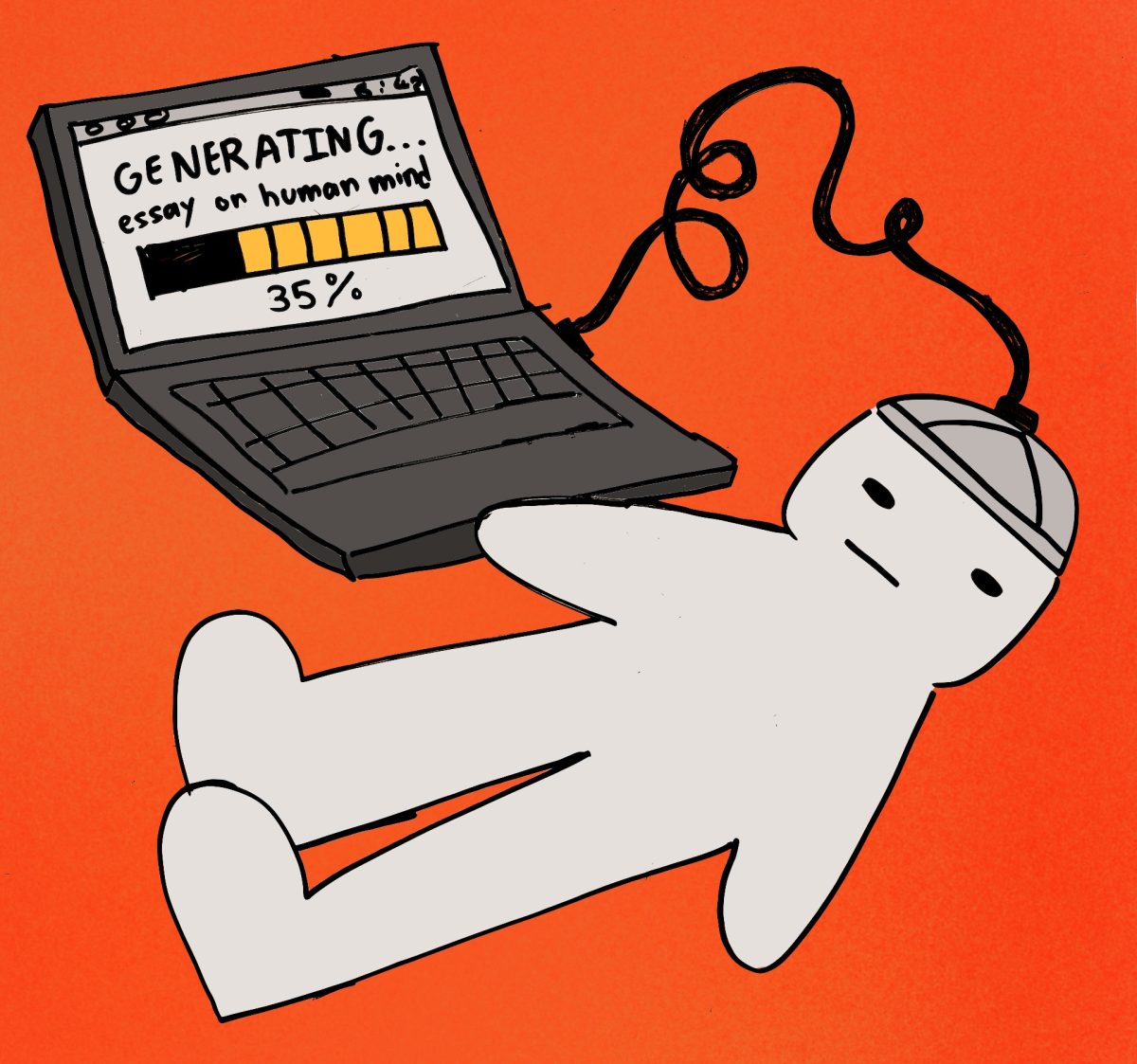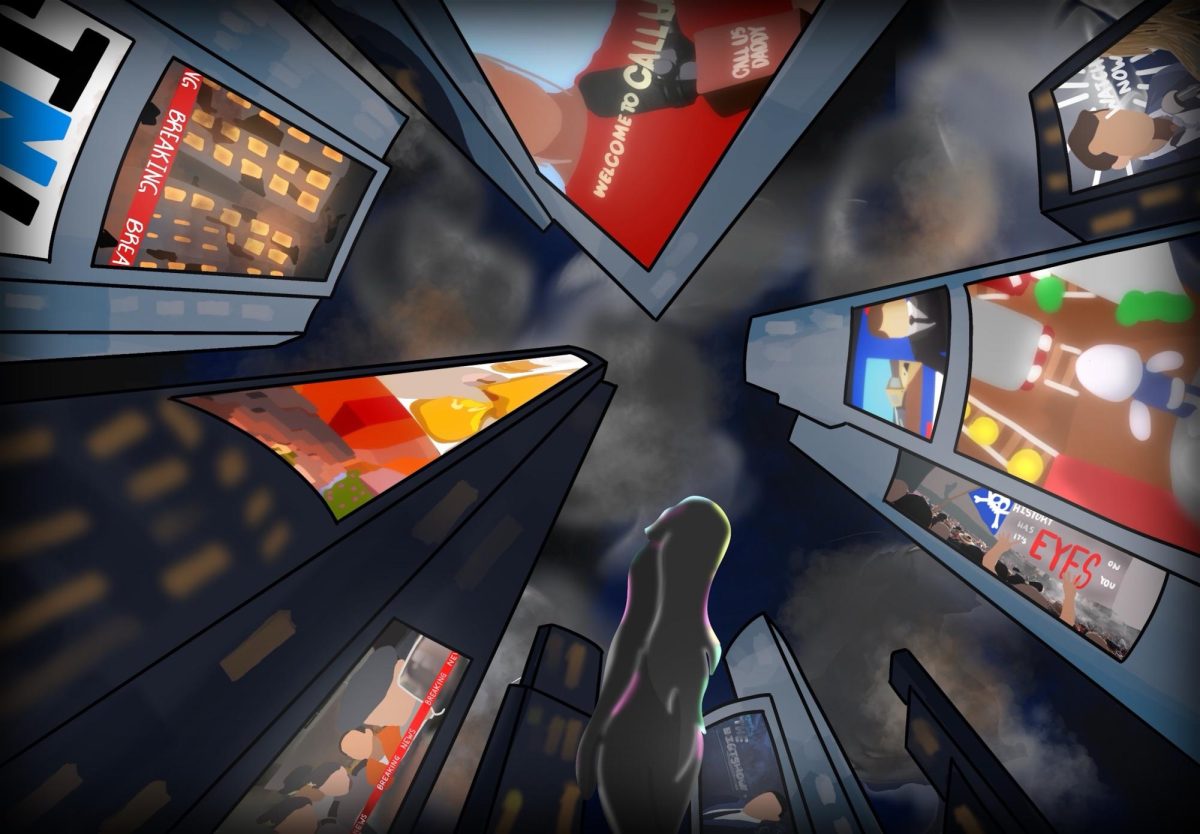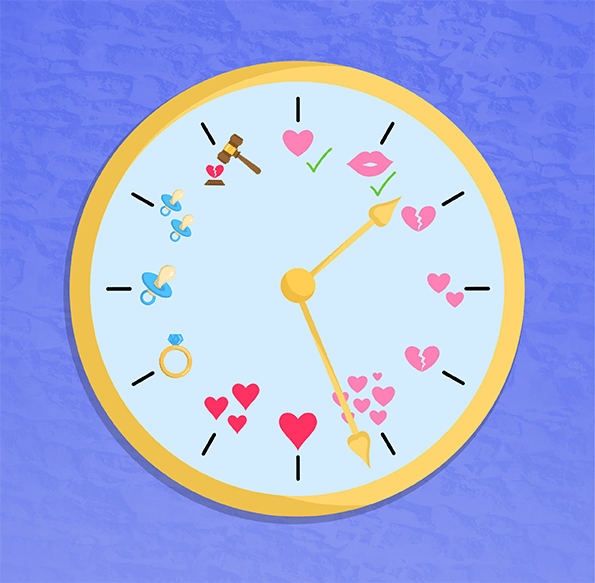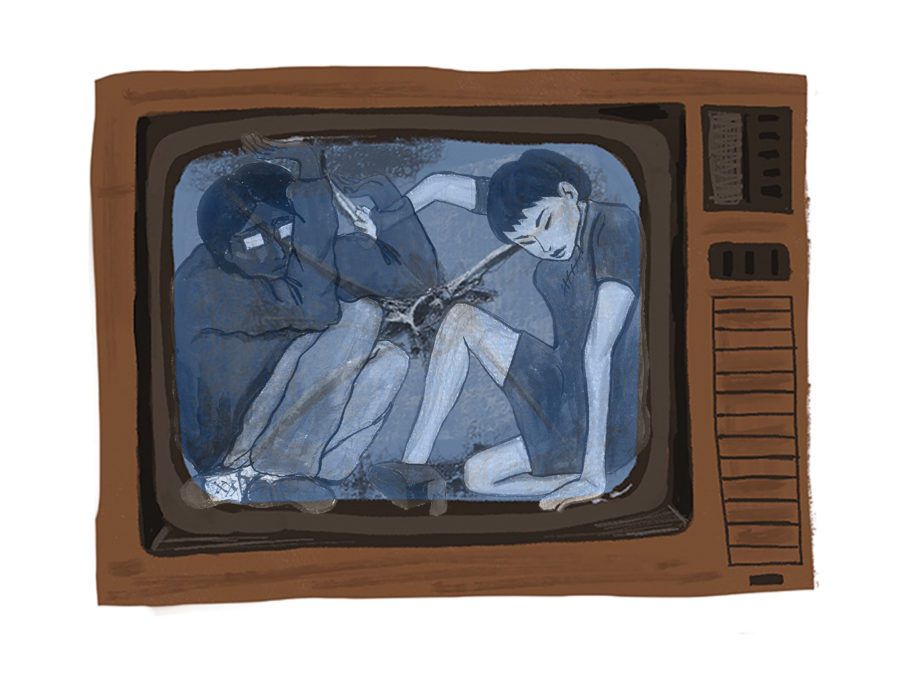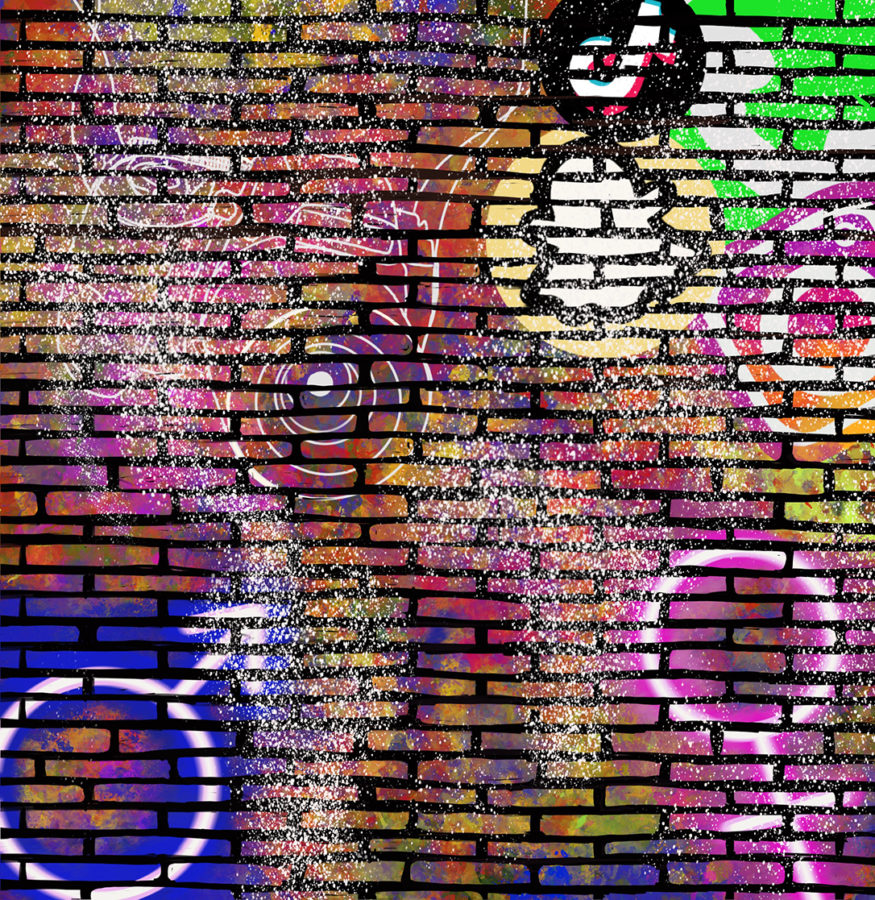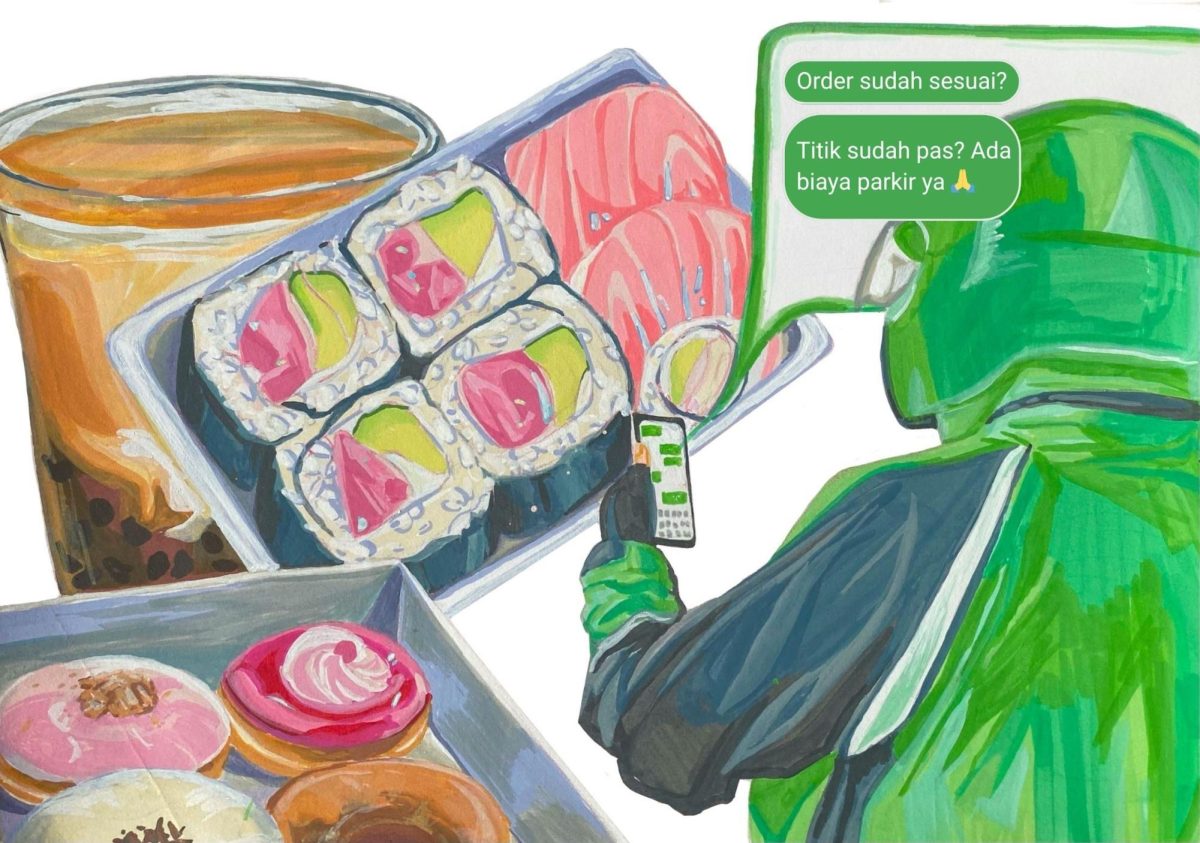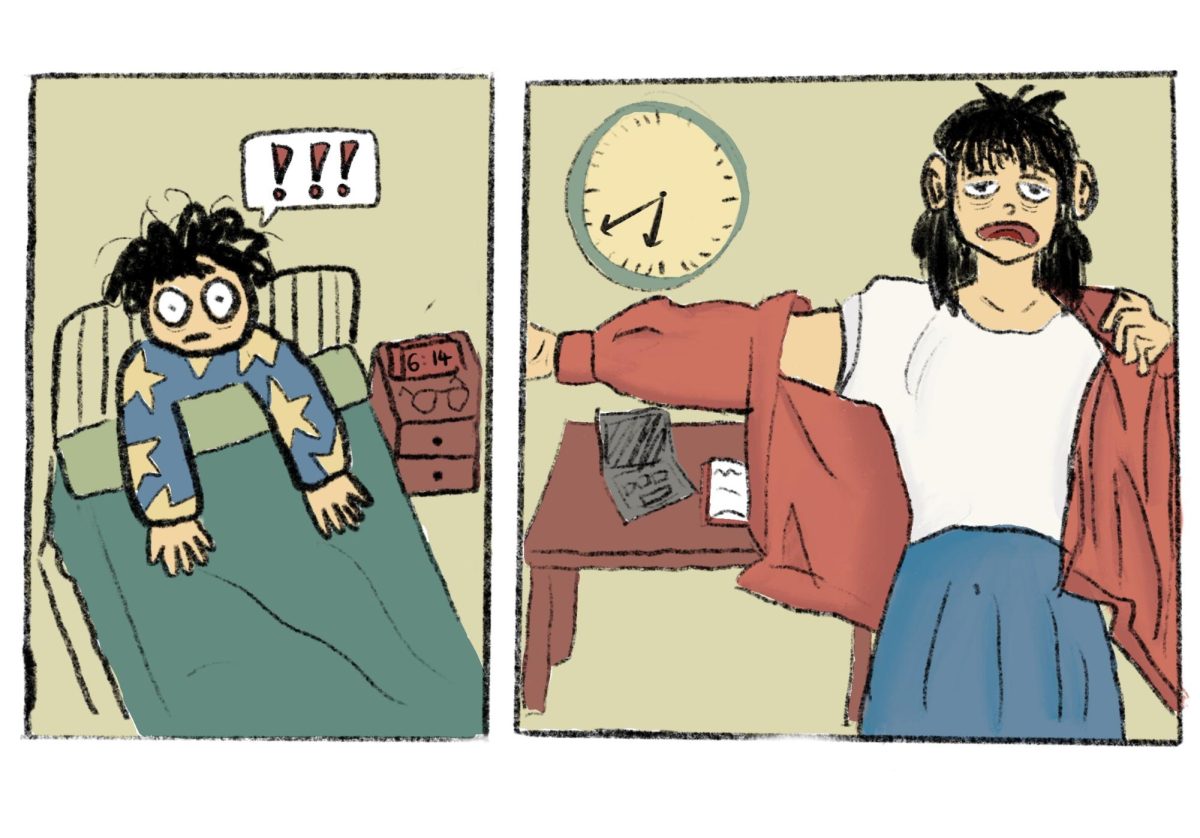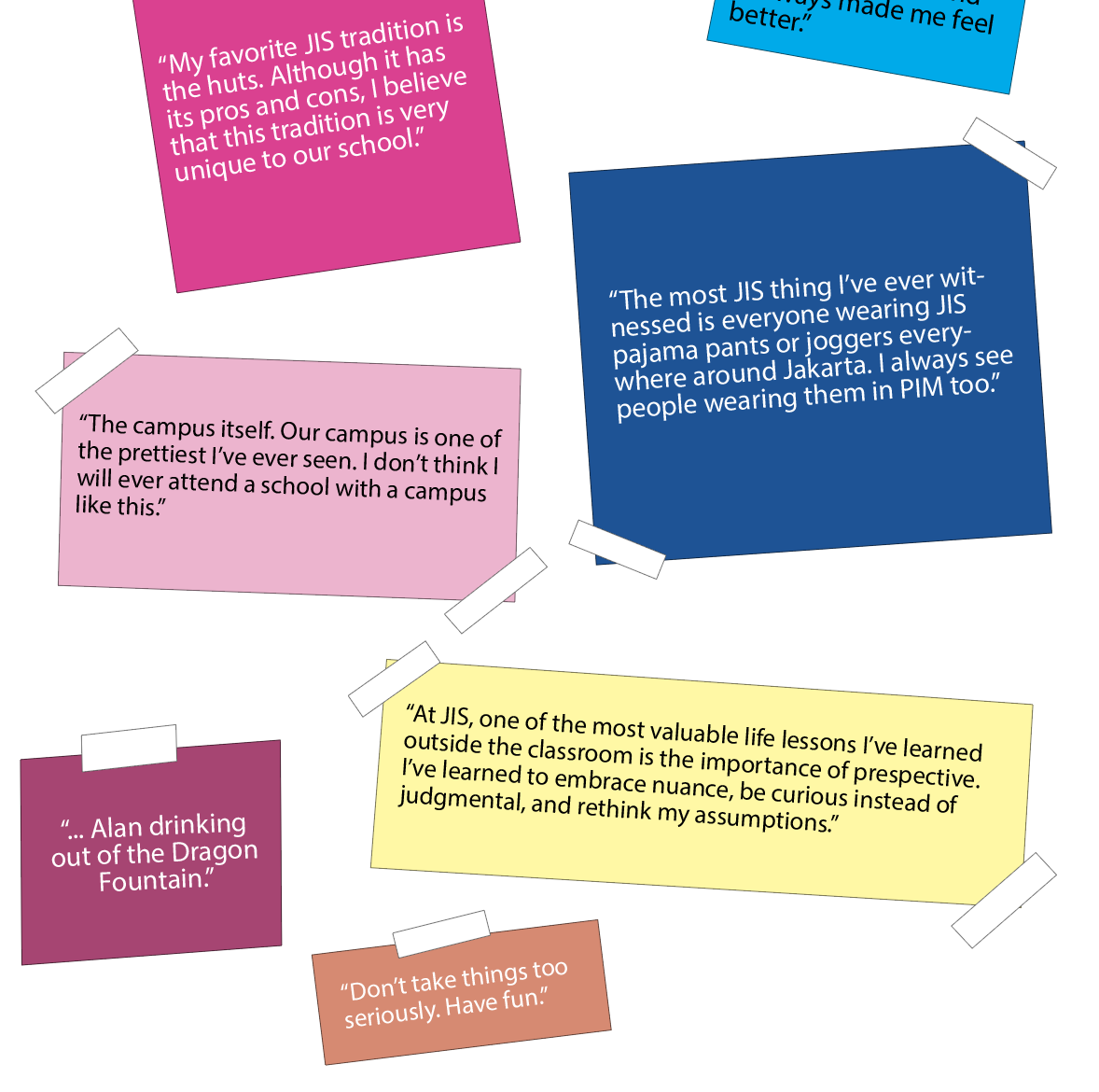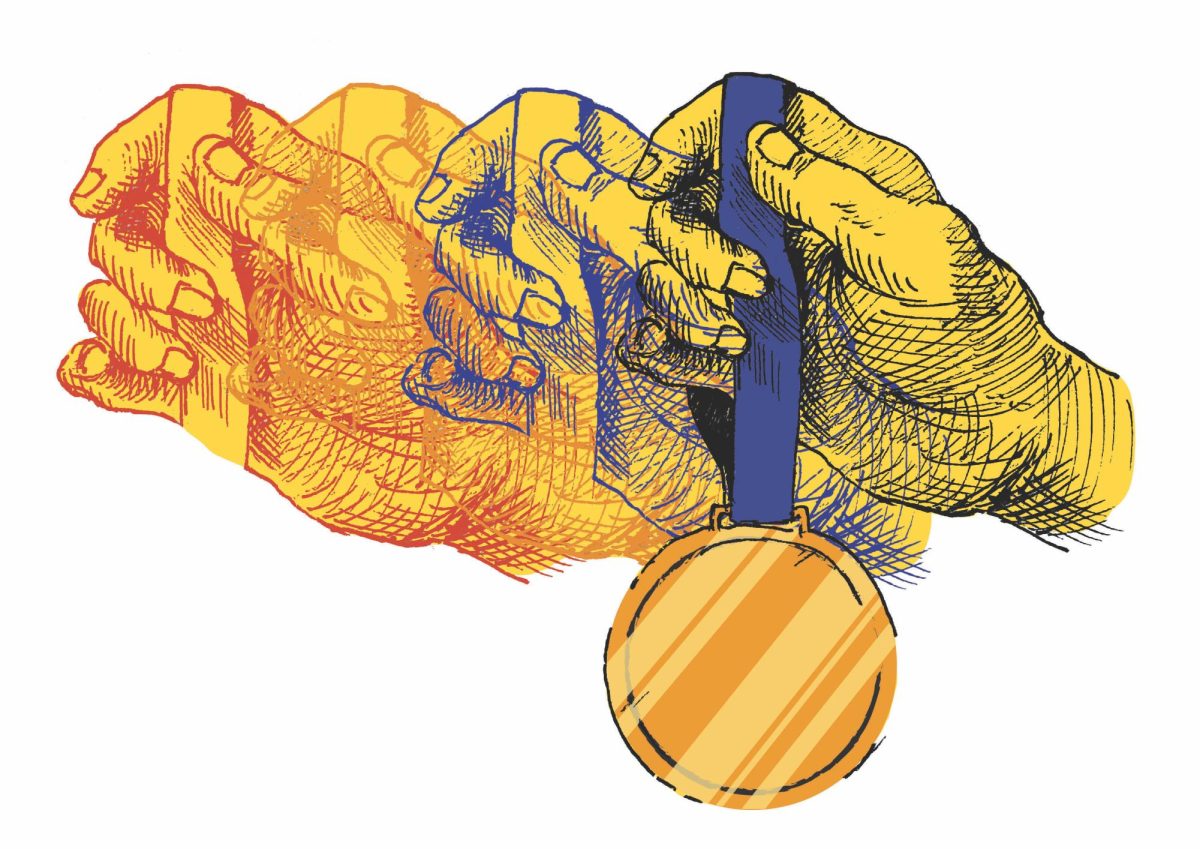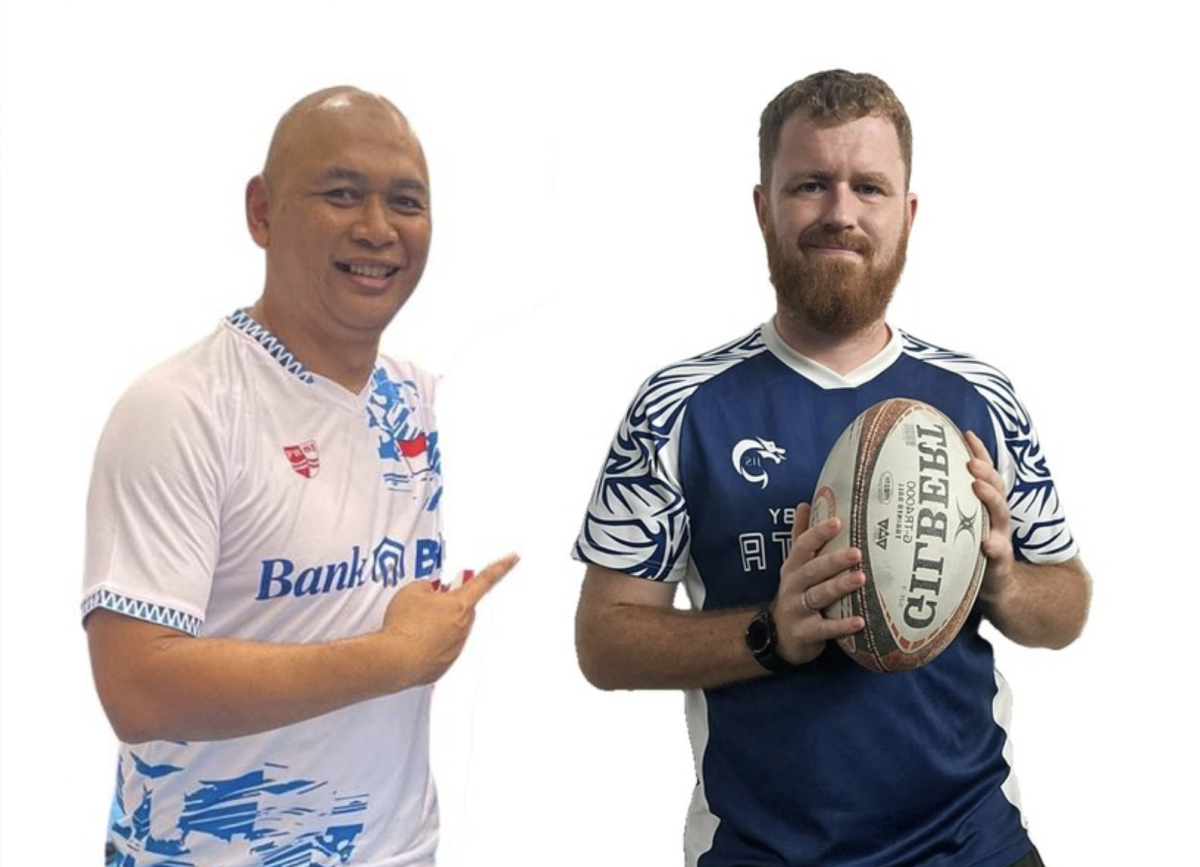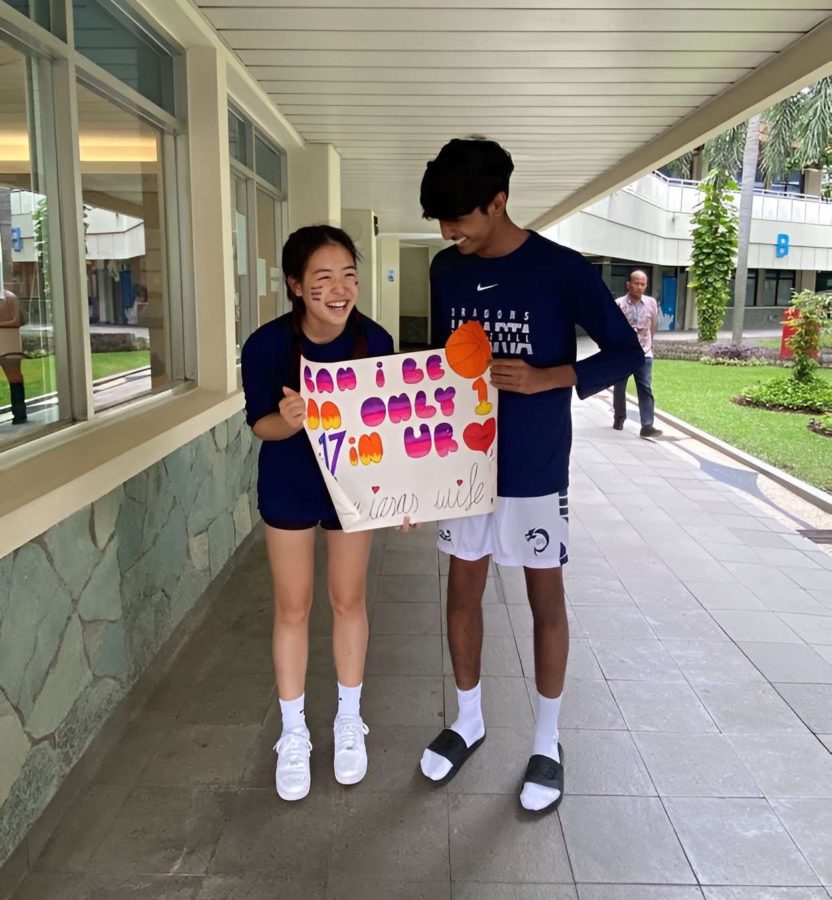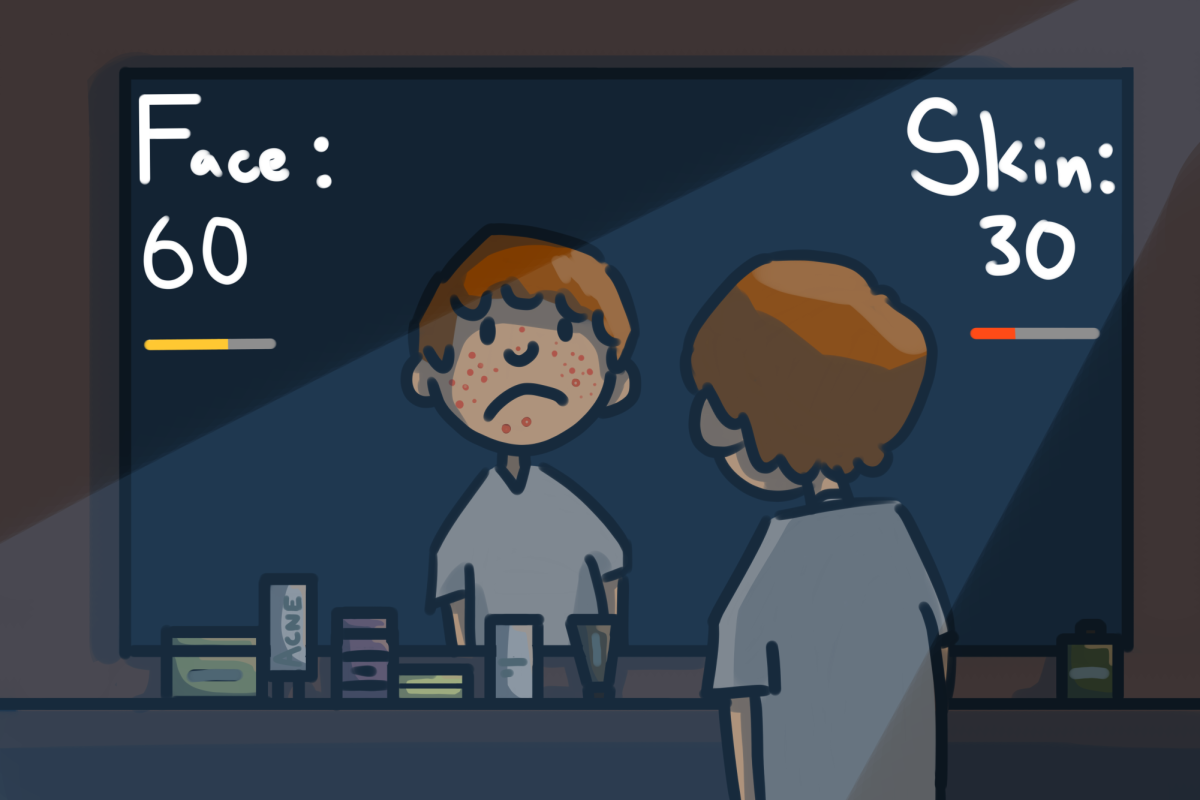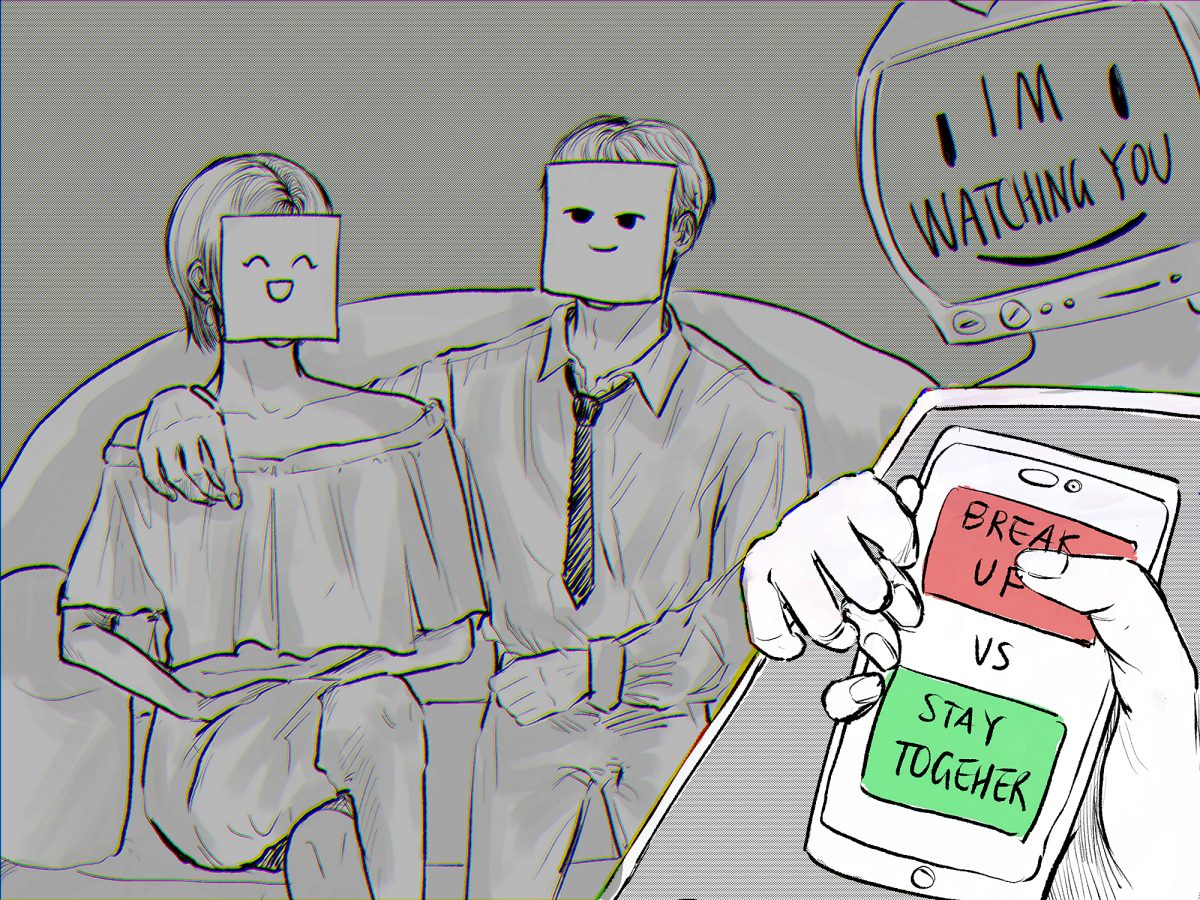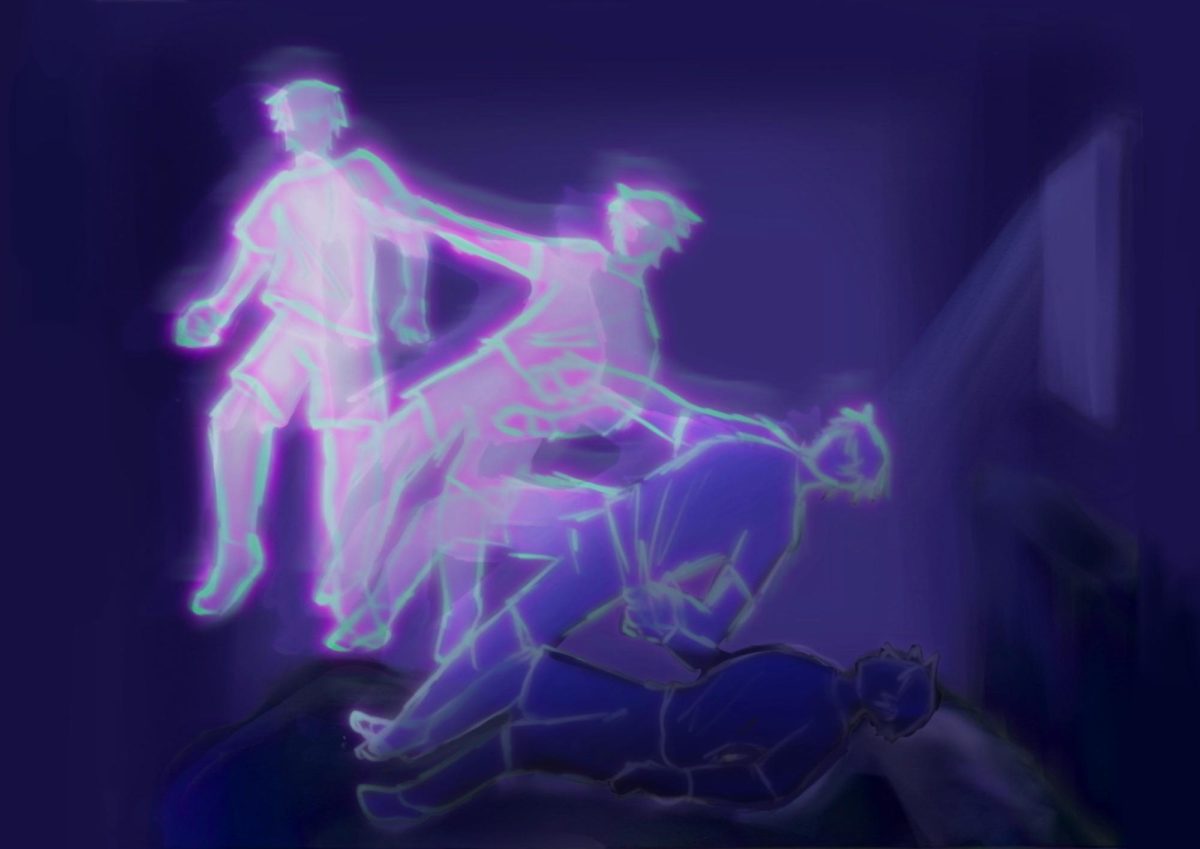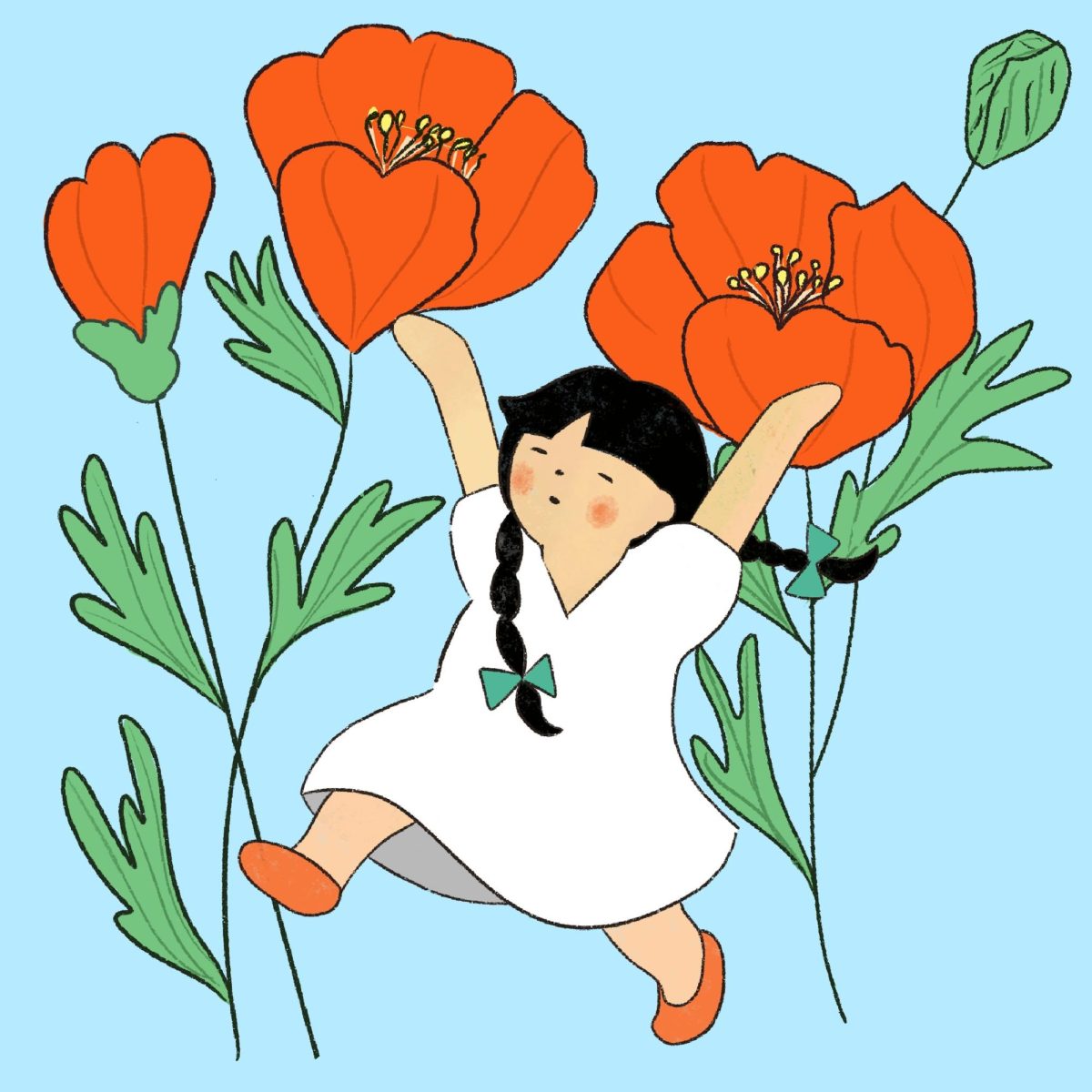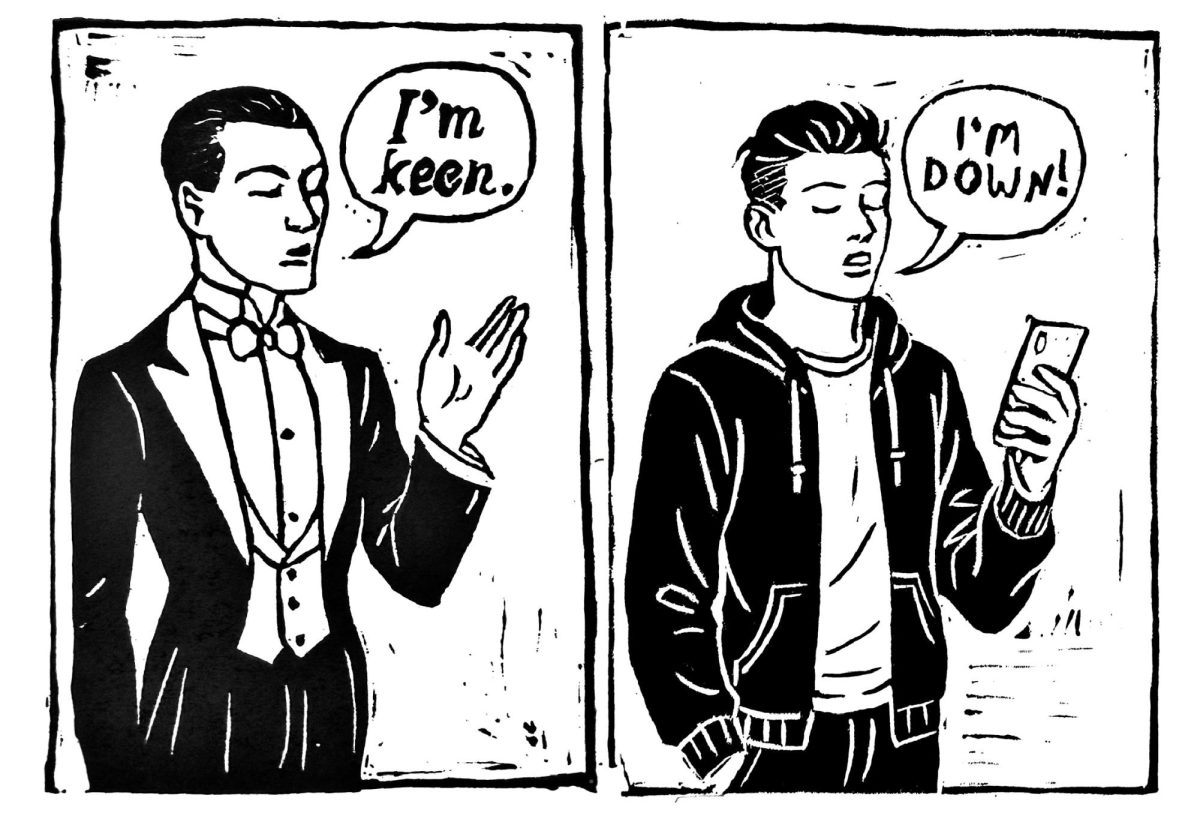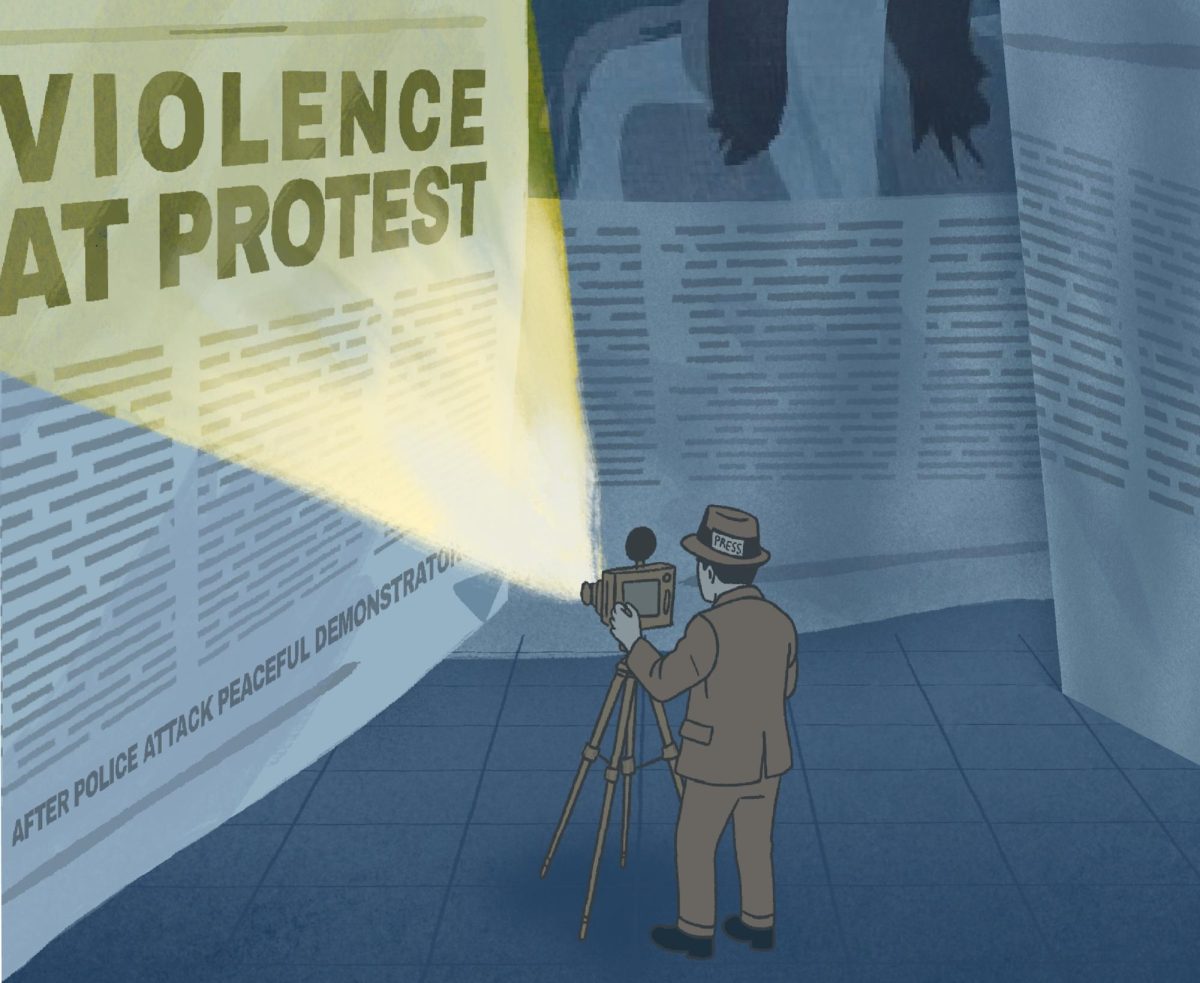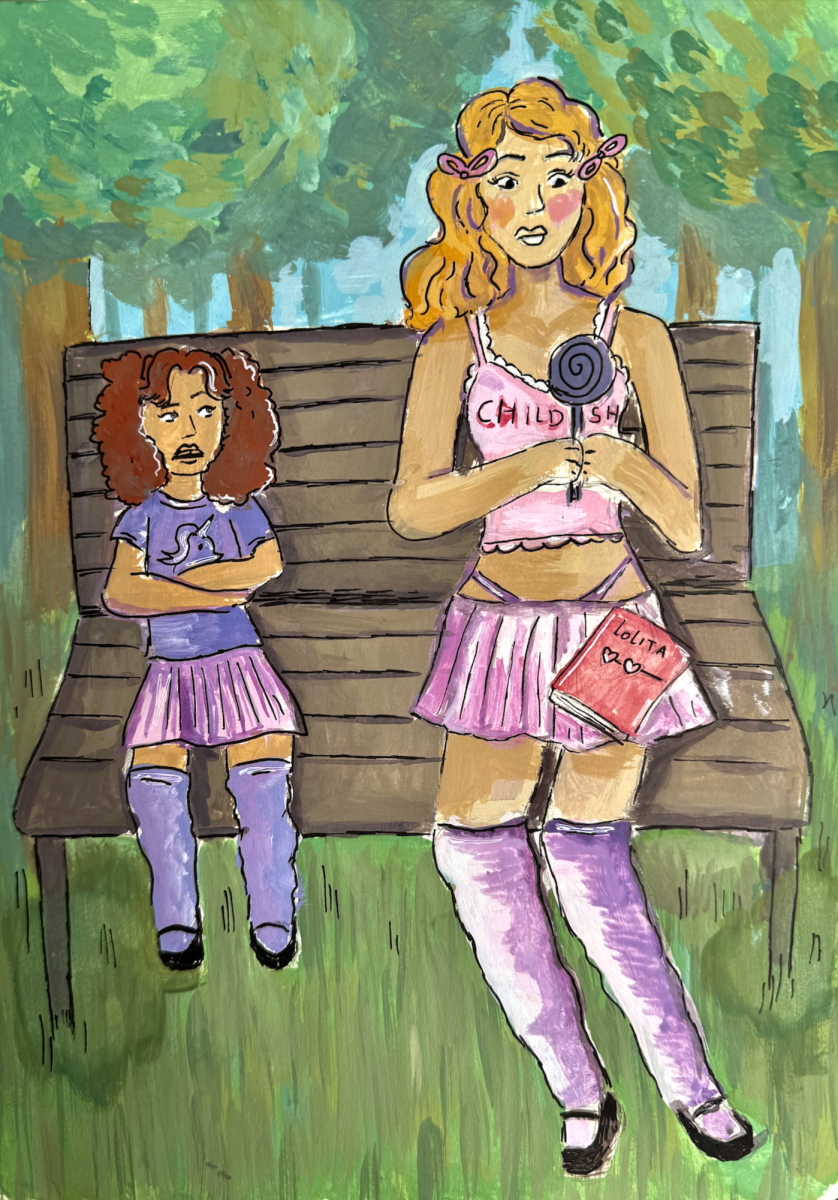One of the most universal moments in this generation is texting someone and receiving a response along the lines of, “aight,” or “fr.” Typical and indifferent. But why is it like this? Who– or what– created this system in which people respond, and even act the same way?
The answer lies in something deceptively ordinary, social media. Beneath every Labubu hanging from the backpacks of every teenager, every ‘Outfit-of-the-Day’ TikTok, and every cold, “nonchalant” reply, is an unspoken pressure to fit in– a pressure that silences individuality and boasts a fake sense of acceptance.
The Different Masks
When browsing any social media platform, it only takes a few scrolls to encounter many recognizable, repetitive archetypes—ones inspired, developed, and propagated through digital culture.
The “nonchalant type” presents themselves as calm and uninterested, downplaying everything through short, detached replies. The “TikTok personality” imitates viral trends and memes, such as matcha lattes and Labubu collectables, to appear funny and relatable.
Then, there is the “influencer persona,” who curates daily routines and aestheticized posts that subtly set standards for beauty and success. In sheer contrast, the “oversharers” glamorize vulnerability and personal struggles to gain traction through relatability rather than as a means of healing.
These archetypes represent only a fraction of the personalities that dominate internet culture. Whether through apathy or mimicry, each stereotype strips away the wonders of individuality. Yet, while these templates may root in the online world, the effects transgress the simple screens that suppress our identities.
The Influence of Social Media
Even before the media gained traction in the early 2000s, youth culture always carried the need to be “cool” and “trendy.” However, according to UCLA Health, alongside the rise of social media, this need has contributed to a 52% increase in anxiety in teenagers.
At its foundation, social media thrives off this same desire for belonging. When one creates a trend, the whole media follows, ultimately feeding into the very anxiety that drives it.
In 2022, a Pew Research Center survey proved this precise reality: while 58% of teenagers claimed that the media helps them feel more accepted, 40% of them also admitted they are hyper-aware of what they post out of fear of embarrassment.
The overlap between two contradicting elements, belonging and self-consciousness, suggests implications deeper than a simple paradox: do teenagers truly feel accepted, or is this sense of approval shaped by the subtle and overt pressures to conform to online norms?
The more people seek validation online, the more they feel the pressure to conform to dynamic media trends, emanating an ongoing, pervasive culture of homogenization. Since the media gives us a direct way to reinvent ourselves, who would not want to appear cooler, more “relatable,” and “nonchalant?”
Future Implications
Since “belonging” is now progressively dictated through following trends, originality is becoming a secondary persona. Simultaneously, as the media advances, the desire for approval will only burrow deeper into our younger generations.
What begins with a simple “k” or “daily routine” TikTok becomes a lifelong habit of a constant worry of approval. And what seems like one’s personal struggle evolves into an entire society defined by indifference and the relentless pursuit of conformity.
The reality is that once the young are conditioned to perform and curate themselves for the gaze of others, the damage to their true selves scars deeper than a surface cut.
Sure, trends fade, and platforms shift, but the repercussions of growing up in an environment where we are discreetly taught to perform rather than to be will persist.

